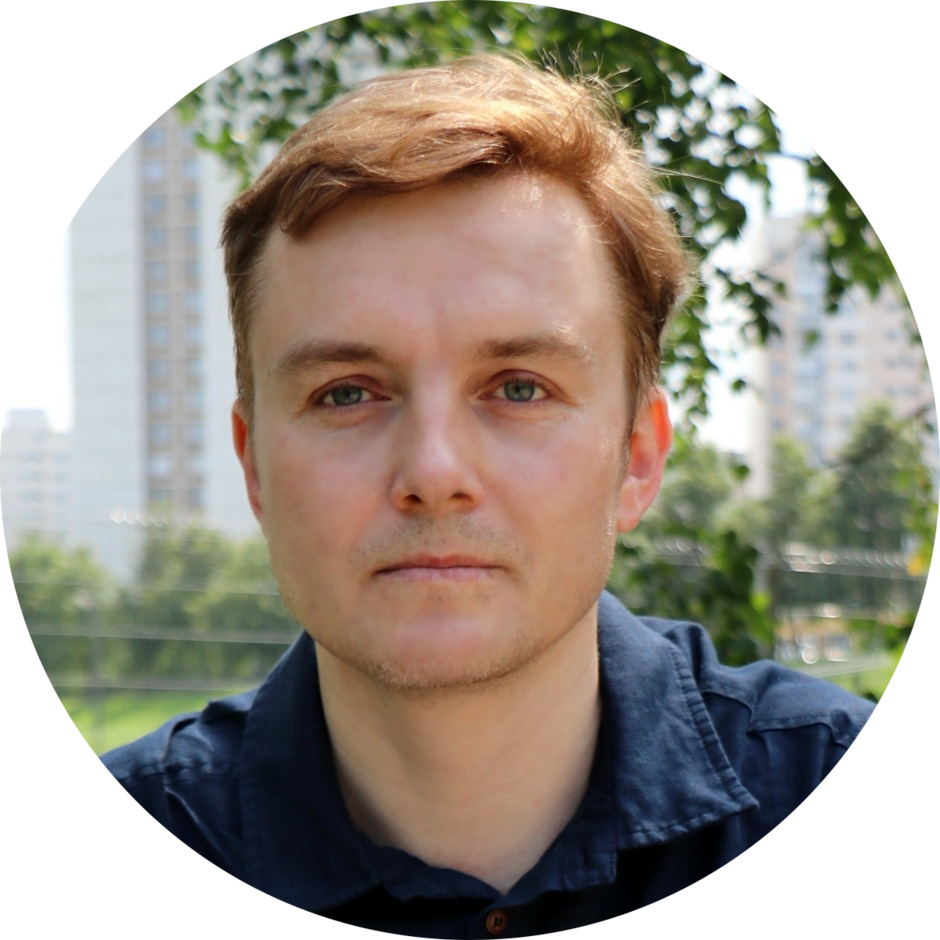Introduction to Quantum Integrable Systems
Аннотация
Для студентов 4-5 курсов | Recommended for 4th-5th year students
Расписание | Timetable: вторник 17:05-18:40, ауд. Г-708, ИТМФ, Ломоносовский корпус МГУ, 7 этаж, блок Г | Tuesday 17:05-18:40, room G-708, ITMP, Lomonosovsky Bld. MSU, floor 7, block G
Первое занятие | First lecture: 13 февраля 2024 г. | February 13th, 2024
Quantum integrable systems are exactly-solvable models of quantum mechanics, statistical mechanics and quantum field theory. Methods of quantum integrable systems are nowadays widely used in many areas of mathematical and theoretical physics. One of the most famous is the quantum inverse scattering method, which is based on R-matrix quantization, Yang-Baxter equation and the Bethe ansatz technique. We pay much attention to the algebraic Bethe ansatz in this course. Solutions of spin chain and Gaudin models will be discussed in detail. From the mathematical viewpoint these methods are closely related to representations of quantum algebras (including the quantum group). We will review this topic as well. Integrability of many-body systems will be demonstrated using slightly different techniques, such as Dunkl-Cherednik operators and Knizhnik-Zamolodchikov connections. Solutions to many-body-problems are (in particular) symmetric functions, e.g. Macdonald polynomials. In some sense the solutions of quantum integrable systems represent a modern theory of special functions.
Для регистрации, пожалуйста, заполните форму по ссылке | Interested parties are kindly asked to register in a form via the link
План курса
Course plan:
- R-matrix and Yang-Baxter equation.
- Quantization through RTT relations.
- Quantum spin chains.
- Basics of Bethe ansatz method.
- Bethe equations and eigenvalues of transfer matrix.
- Solutions of Gaudin model.
- Dunkl operators, Calogero model and Jack polynomials.
- Cherednik operators, Ruijsenaars model and Macdonald polynomials.
- Knizhnik-Zamolodchikov equations and Matsuo-Cherednik projection.
- Applications to statistical mechanics.
- Applications to representation theory, quantum algebras and quantum groups.
